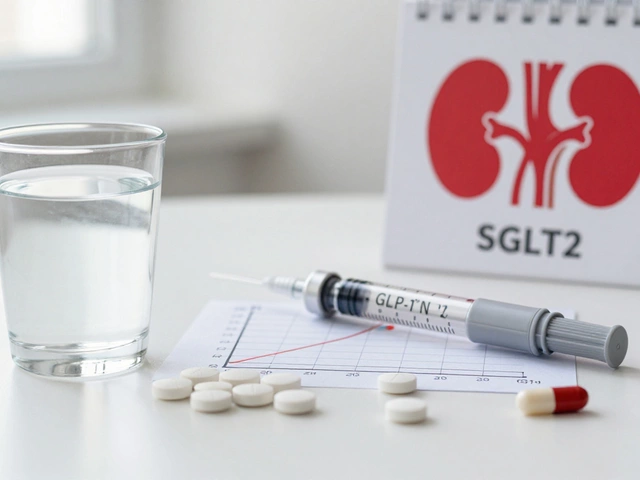Learn how to pick safe, effective herbal supplements by checking labels, third‑party testing, dosage, and credible sources. A practical guide for confident buying.
Read MoreDosage Guidelines: How to Get the Right Amount Every Time
When you read a prescription, the numbers on the label are more than random figures. They belong to a system called Dosage Guidelines, a set of rules that tell you how much of a medicine to take, when to take it, and for how long. Also known as dosing instructions, they keep treatment safe and effective. In the same breath you’ll often see Medication Dosage, the specific amount of a drug prescribed for a patient based on age, condition, and many other factors. To turn that amount into a pill or a milliliter you need Drug Dosing Calculations, the math that converts a standard dose into the exact milligram or milliliter a person needs. And because no two bodies are identical, doctors often adjust the amount using Patient‑Specific Dosing, customized dosing that accounts for weight, kidney function, or other personal health markers. Following Dosage Guidelines means respecting the therapeutic window, minimizing side‑effects, and giving the drug a fair chance to work.
Why Accurate Dosing Matters
Think of a drug’s therapeutic window as a narrow hallway: stay in the middle and the medicine does its job; drift too low and it’s ineffective, drift too high and side‑effects spike. That hallway exists because of the relationship between Dosage Guidelines and the drug’s pharmacology. Accurate Drug Dosing Calculations (Subject) reduce (Predicate) adverse effects (Object). Conversely, vague Medication Dosage (Subject) often leads (Predicate) to missed therapeutic targets (Object). When doctors apply Patient‑Specific Dosing (Subject), they require (Predicate) weight‑based formulas or kidney‑function checks (Object) to hit the right spot. Real‑world cases show a simple math error can flip a life‑saving drug into a poison, while a well‑planned titration schedule can turn a chronic condition into a manageable routine. That’s why clinicians double‑check the numbers, use calculators, and sometimes start with a low dose to see how the body reacts before moving up.
So, what should you look for when you get a new prescription? First, confirm the unit (milligrams vs. milliliters) and the frequency (once daily, twice daily, etc.). Second, ask if the dose is fixed or needs adjustment based on your weight, age, or lab results. Third, verify if a titration schedule is mentioned – that’s a step‑by‑step plan to increase or decrease the dose safely. Many patients forget to ask about food interactions or timing with other meds, which can also shift the effective dose. By treating the numbers as a conversation with your doctor rather than a static instruction, you turn a confusing label into a clear roadmap. Below you’ll find a curated set of articles that dive deeper into each of these points, from detailed dosing calculators to patient‑specific case studies, so you can master the art of safe medication use.





